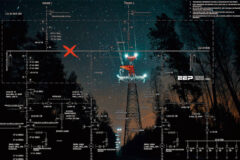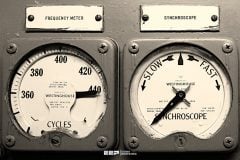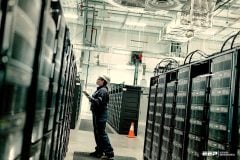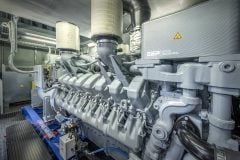Pushing new energy storing technology
To be honest, the technology of energy storage in batteries is pretty hot nowadays. It’s smart for utilities worldwide to get in line to learn what it is and how countries can benefit from it. Battery Energy Storage Systems (BESS) are rapidly gaining prominence as the global push for cleaner, more sustainable energy intensifies.
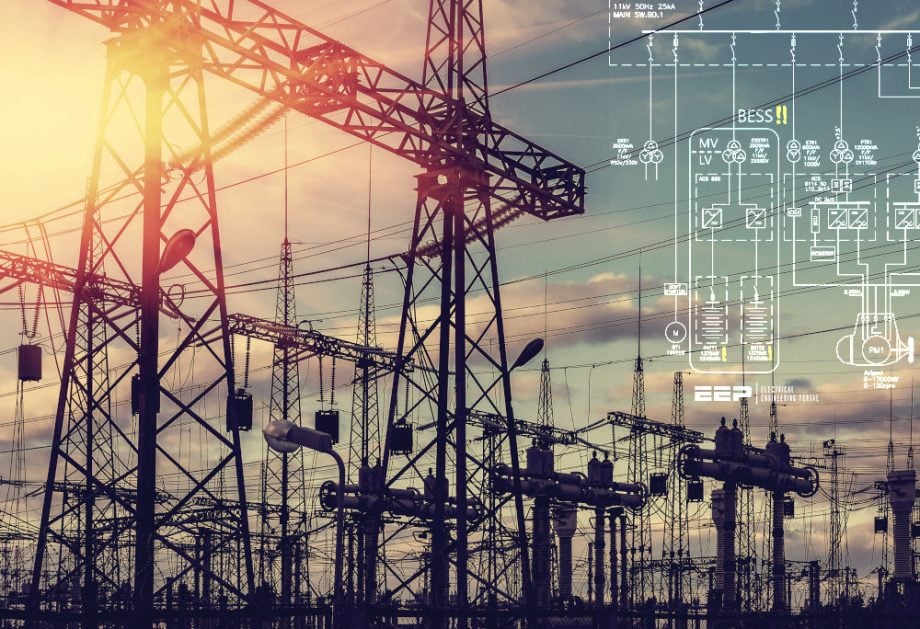
As nations transition from fossil fuel-based power generation to renewable energy, BESS has become crucial for stabilizing the power grid. For example, the United Kingdom’s goal of achieving net-zero carbon emissions by 2030 relies heavily on renewable sources like wind and solar.
However, these sources are variable, depending on natural forces such as sunlight and wind patterns, which do not always align with energy demand.
BESS addresses this challenge by storing excess energy generated during periods of high renewable output and releasing it when demand exceeds supply. This capability ensures a more reliable power supply and reduces reliance on traditional fossil fuel plants.
As a result, BESS plays a key role in maintaining grid stability and enhancing renewable energy integration.
As governments and utilities worldwide focus on reducing carbon emissions, BESS has become increasingly viable due to the declining cost of batteries. Many utilities are now exploring the deployment of BESS at key substations to manage the intermittency of renewable energy.
While BESS technology is still evolving, particularly for large-scale applications, it is quickly becoming a vital component in the transition to a resilient energy future.
- Functionality of BESS Technology and Its Role in Power System Stability:
- Key Drivers Behind the Growing Adoption of Battery Energy Storage Systems
- Key Components Influencing Power System Inertia
- Why Power System Inertia Matters?
- Synthetic / Virtual Inertia
- Challenges of Low Fault Current Levels in Renewable Energy-Integrated Power Systems
- Changing System Load Profile: Impact of Renewables and the Role of Battery Energy Storage Systems (BESS):
- Introduction to System Load Profile
- Variability of Renewable Energy Generation
- Transformation of Load Profiles
- The Role of BESS for varying load demand
- Rising Fossil Fuel Prices, Depleting Reserves, and the Role of BESS in Mitigating Fuel Inefficiency
- How Battery Energy Storage Systems (BESS) Mitigate Fuel Inefficiency
- Power Transmission Bottlenecks
- The Role of BESS in Alleviating Transmission Bottlenecks
- BONUS 🔗 Download Practical Guide to Power System Operations
1. Functionality of BESS Technology and Its Role in Power System Stability
The functionality of Battery Energy Storage Systems (BESS) extends beyond merely storing energy—it plays a critical role in solving key challenges associated with the integration of renewable energy into power systems.
One important standard that categorizes BESS applications is IEC 62933-2-1, which classifies BESS into three types: Class A, Class B, and Class C, based on their intended use and operational duration.
1.1 Class A: For Power-Focused Application
BESS Class A is designed for short-duration, high-power applications, where energy is injected into or absorbed from the grid over periods typically not exceeding one hour. These systems are intended to provide a rapid response to power fluctuations, making them well-suited for power-focused applications.
In addition, Class A systems can contribute to voltage stabilization by managing both active and reactive power flows, helping to prevent voltage sags or surges during disturbances in the network.
Figure 1 – BESS Class A: Power-Focused Application
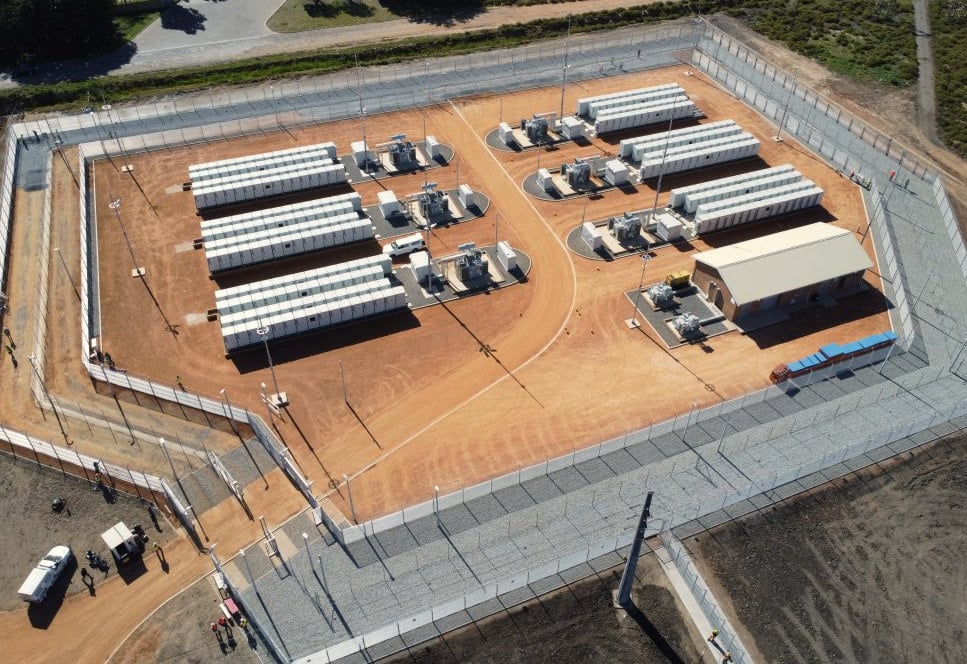

1.2 Class B: For Energy-Focused Application
In contrast, BESS Class B systems are designed to deliver or absorb power over extended periods, typically longer than one hour. These are energy-focused applications, where the BESS operates routinely to smooth out long-term energy supply issues. Class B systems are particularly useful in managing peak demand periods.
During times of excess renewable energy generation, such as midday for solar power, Class B systems store surplus energy, which can then be released during peak demand in the evening or during low generation periods.
This helps in load leveling and ensures a more consistent energy supply, making the grid more resilient and capable of integrating higher levels of renewable energy.
Figure 2 – 400MW 500kV BESS Collection Substation – Four 34.5kV Feeder’s


1.3 Class C: For Emergency and Ancillary Services
Class C BESS systems are typically reserved for emergency applications and ancillary services. These systems are not designed for routine operation but instead act as a backup to ensure grid stability during critical events, such as sudden grid outages or system faults.
Class C systems provide fast-acting support during emergencies by injecting power to prevent blackouts or grid instability, contributing to fault recovery, black start capabilities, or frequency regulation in extreme cases.
Watch Video – Black start in two minutes or less
2. Key Drivers Behind the Growing Adoption of Battery Energy Storage Systems
The rapid adoption of Battery Energy Storage Systems (BESS) is driven by the increasing complexity and instability in modern power systems, largely due to the growing reliance on renewable energy sources. As the global push for cleaner energy accelerates, renewable generation from wind, solar, and other natural sources continues to expand.
However, these energy sources, while environmentally friendly, introduce significant challenges because they are inherently intermittent and difficult to predict. This unpredictability in renewable energy generation creates new issues for grid stability and operation, necessitating solutions like BESS.
Several factors are driving the surge in BESS installations as utilities and grid operators seek to address these challenges:
2.1 Decline in the National Grid’s Capacity to Maintain Power Quality
A national grid operates on a vast scale, integrating numerous power sources, each contributing not only to the overall power supply but also playing a critical role in maintaining power quality. For instance, consider a simplified local network scenario: one network is supplied by a 1 MW generator, and another by a 50 MW generator.
In the event of a fault, protection relays will detect the fault and isolate it, ensuring that the rest of the network and generation continue operating without interruption.
However, the voltage dip experienced at the smaller 1 MW generator will be more severe than at the larger 50 MW generator. This demonstrates how larger, more robust power sources help keep the system stable during fault conditions by maintaining voltage levels.

